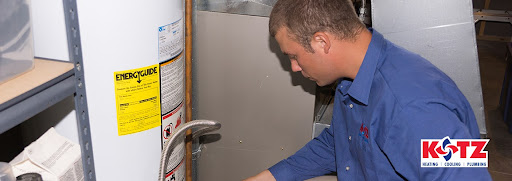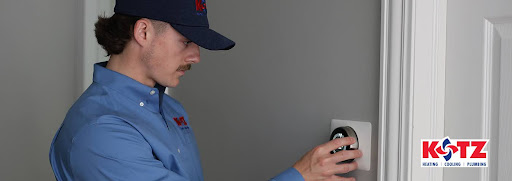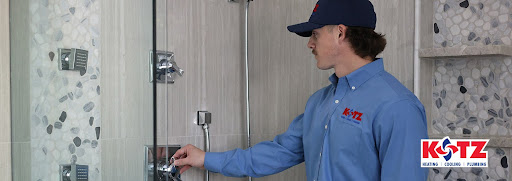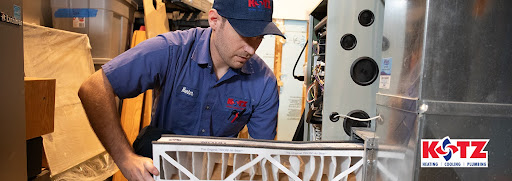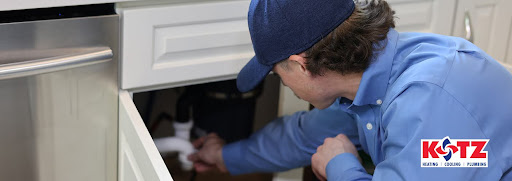Let’s journey into the world of science fiction. Imagine you’re a tiny person. No, not a person who’s really short, but rather think “Honey I Shrunk the Kids” small. And now you’re going to go deep sea diving—in your water heater. Hey, at least you won’t need a wetsuit because the water is nice and warm.
As you begin your descent the water is clear, but after you pass the halfway point things start to get a little murky. You start to see strange shapes materialize below you. Based on your tiny size they look like boulders. Suddenly you are on the bottom of the water heater and you feel like you’re in quicksand. Congratulations! You’ve found the minerals and sediment that have been gathering there since the day it was installed.
OK, back to real life
What’s the point of our little make believe “Fantastic Voyage?” The sediment and mineral deposits we found can really affect the performance of the hot water heater in your Waterford, MI home. Before you make a snap decision about a water heater replacement, there is something you should try first.
Water heater flush
Draining and flushing a tank-style water heater can remove the deposits and restore efficiency. Before attempting this yourself, Kotz Heating, Cooling & Plumbing wants to remind you about a few things. A water heater is an electrical or gas-burning appliance that can be dangerous. It’s filled with hot water that can scald you. Make a mistake and you could end up with a watery mess. Kotz recommends letting one of our professional plumbers handle the job for you. If you’ve decided to go the do-it-yourself route, let us walk you through the process.
Turn off the gas or electricity
In most cases this means turning the gas control knob to the pilot position or turning off the correct circuit breaker in the electrical panel. Be sure to check your owner’s manual for instructions.
Close the water supply valve
This is on the pipe carrying the cold water into the water heater. Usually it means turning the valve 90 degrees.
Turn on a hot water faucet
Let the water run while you’re draining the tank. This will prevent a vacuum from forming in the water lines and the tank will drain more easily.
Hook up a hose
Attach a garden hose to the drain valve on the water heater. Run the hose to a drain or location outside the house. You can use a bucket, but you’ll have to dump it several times.
Drain the tank
Open the drain valve on the tank (you may need a flat blade screwdriver) and let the water flow until the tank is empty. Remember the water is going to be HOT!
Flush the tank
Now open the cold water supply valve and let the water run into the tank. You can turn it on and off several times to flush the deposits out through the garden hose.
Close the drain valve
When you can no longer see sediment coming out of the garden hose, close the drain valve and disconnect the hose.
Refill the tank
Open the cold water supply valve and let the tank start filling. While it’s filling, open all the hot water faucets in the house to get air out of the system. Start closing the faucets when the water is flowing normally.
Turn it back on
Turn the electrical breaker to the on position. If you have a gas heater you may need to relight the pilot light. Make sure to follow the manufacturer’s instructions.
There’s no guarantee a flush will prevent the need for a water heater replacement, but if done regularly from the time it’s installed your hot water heater will last longer. With the hard water in Waterford, MI the tank should be flushed once a year if not more often. Call Kotz Heating, Cooling & Plumbing to learn more. Be sure to like and follow us on Facebook and Twitter.



